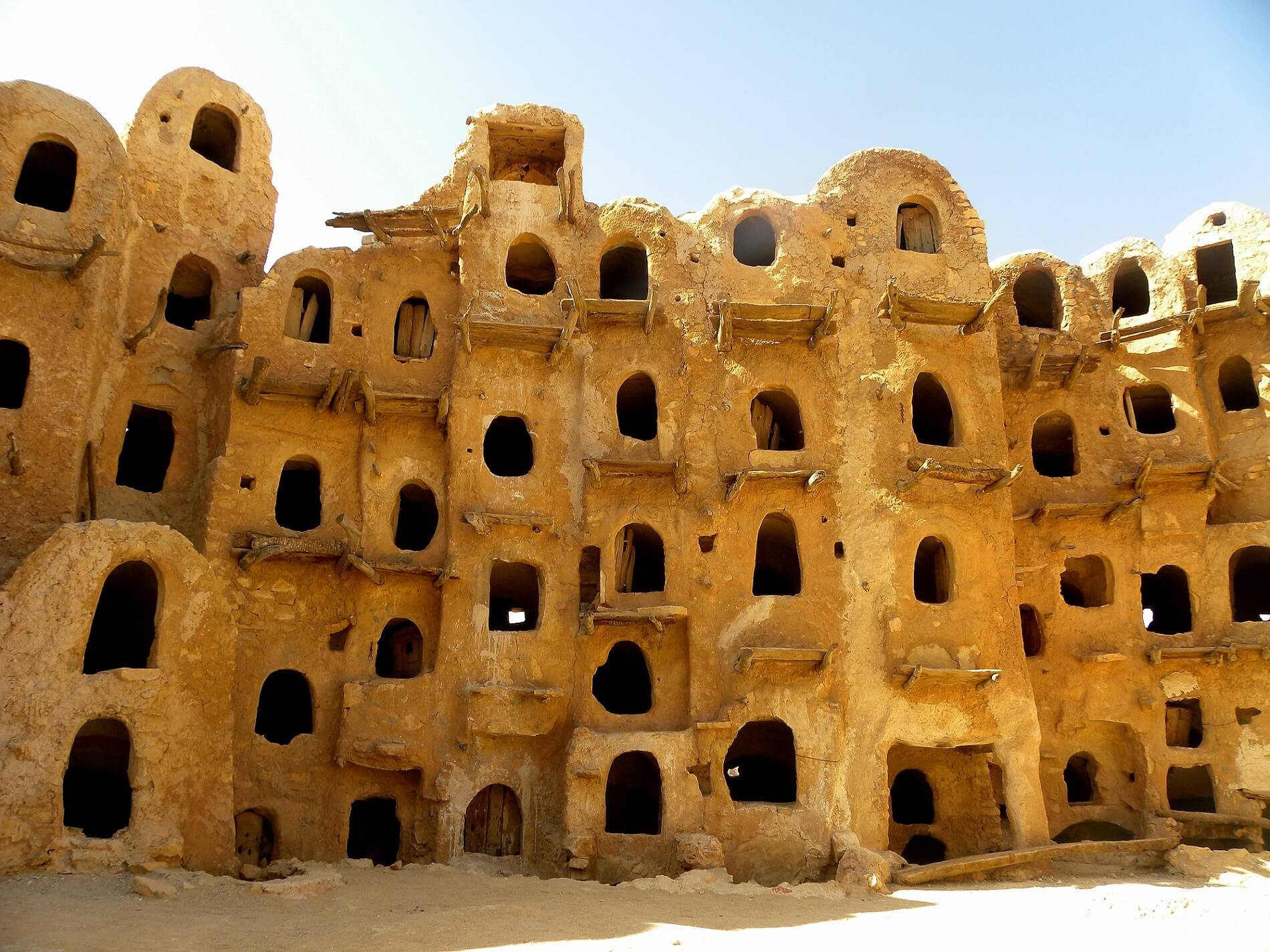Force majeure remains in place on all four Oil Crescent ports ( Brega, Ras Lanuf, , Zueitina, and Sidra) and the eastern port of Hariga where all exports have been suspended. Separately force majeure is in effect on exports from Sharara and al-Feel in western Libya due to valve closures at Hamada. The National Oil Corporation (NOC) has begun issuing ‘Public Information Bulletins’ on the situation. As of 24 January, the NOC confirmed that oil production had fallen to 284,153bpd from an average of 1.22 million bpd prior to the start of the blockade on 18 January and that losses in oil revenue amounted to 318 million USD so far. The NOC anticipates that oil output will drop to around only 72,000 bpd in the coming days as the remaining storage facilities are filled up, with the cumulative economic impact being a loss of $440m.Given international pressure and condemnation of the blockades has been woefully limited, support in eastern and central Libya for the blockades remains strong - buoyed by the desire to see corruption in Tripoli definitively ended – and the truce has largely broken down, it seems likely that the blockade could last for another 1 – 2 months. Nevertheless, if the UNSC and other key actors are able to reach an agreement and bring their influence to bear on both the blockade and the enforcement of the arms embargo, or if local support starts to diminish as the economic and humanitarian consequences of the blockades compound over time, then it is possible that the blockade could be lifted sooner.

